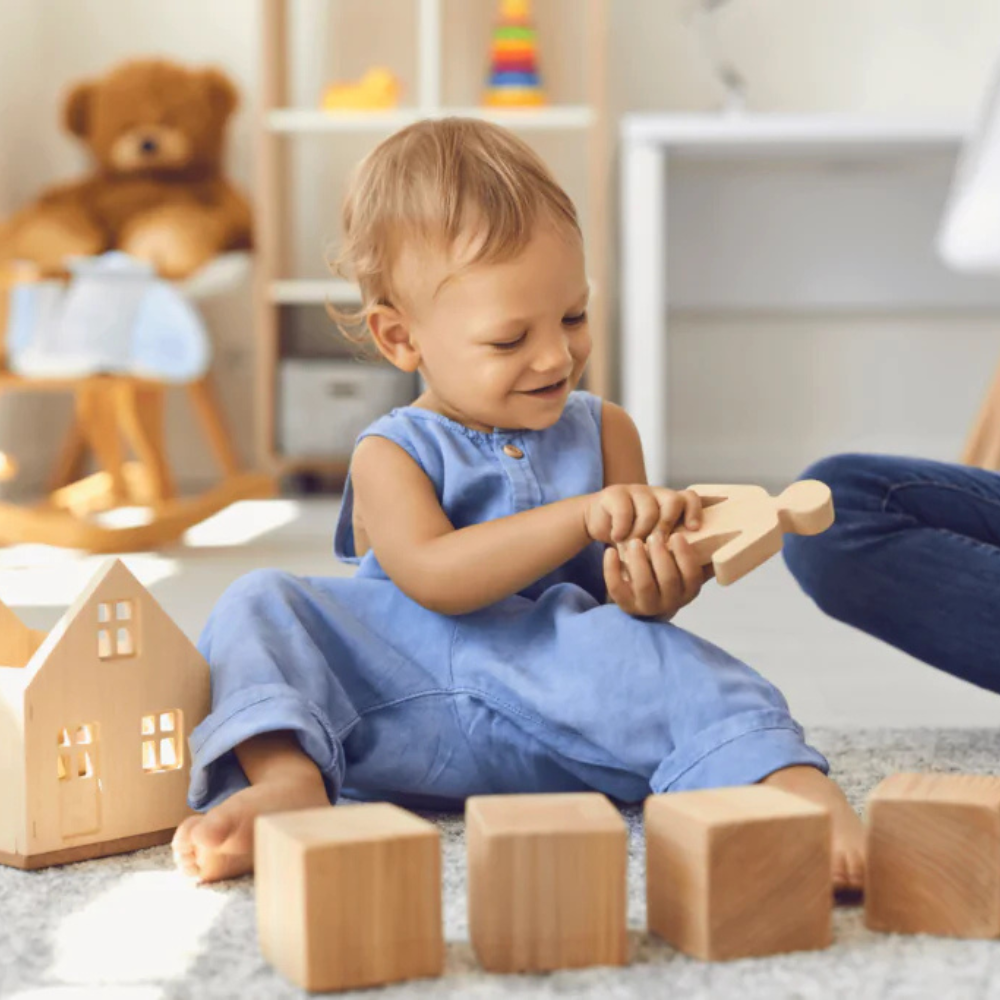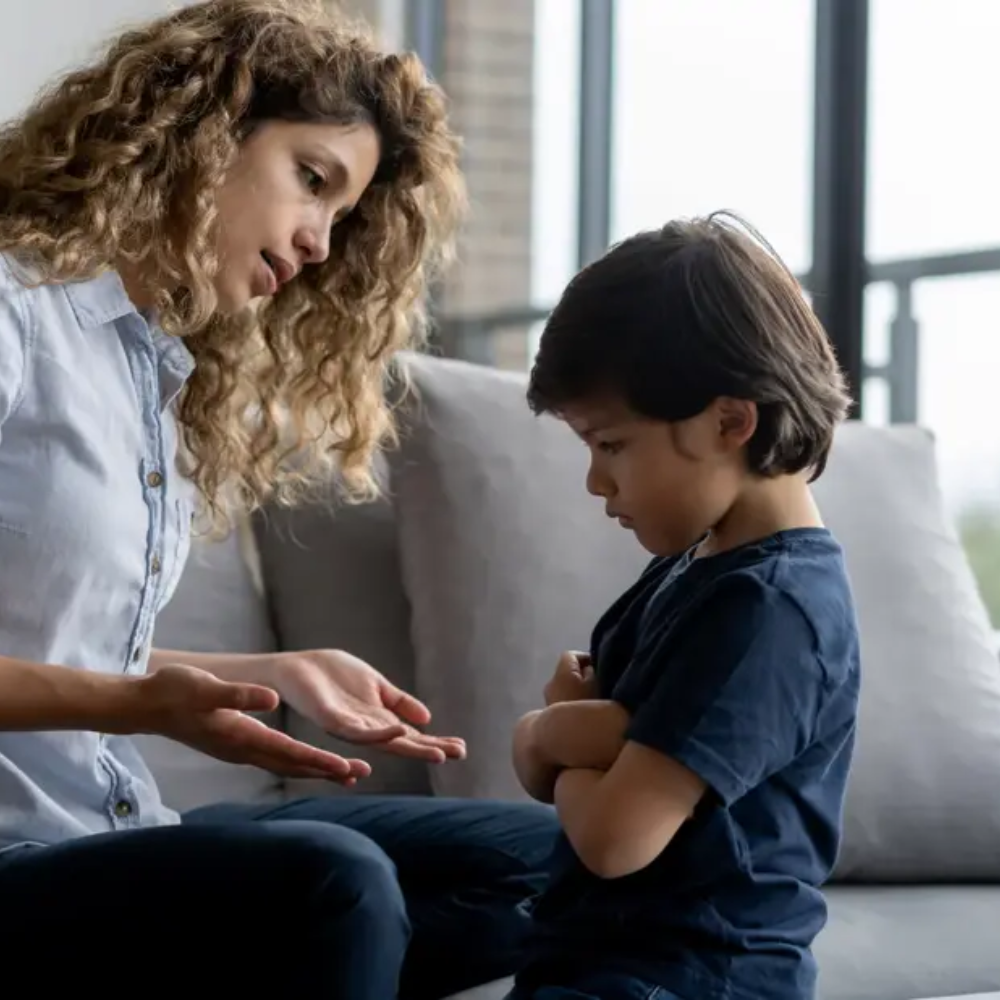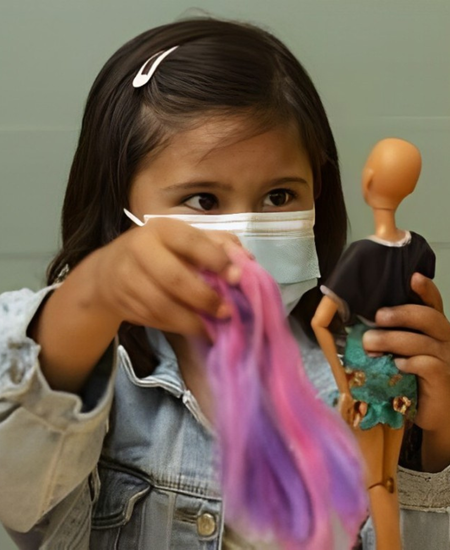Children love playing with toys. They are fascinated by them, they enjoy collecting and sharing them, and they use their imagination to bring them to life.
From dolls and trains to action figures and board games, toys have been a fundamental part of childhood for generations. However, as parents may notice, many kids do not treat their toys with the care that they should. Instead of keeping them organized or in good condition, children often mistreat or neglect their toys.
This raises an important question: why do kids not treat their toys properly? In this article, we will explore some potential reasons behind this behavior and discuss ways parents can encourage proper toy treatment.
What makes toys special for kids?
To understand why children may not treat their toys properly, it is important to first recognize the significance of toys in a child's life. For kids, toys are more than just objects to play with - they hold a special place in their hearts and minds.
Toys provide entertainment and amusement, but they also serve as tools for learning and development. They allow children to explore their creativity and imagination, develop fine motor skills, and learn about cause and effect. Furthermore, toys can also have sentimental value for children, reminding them of happy memories or providing comfort during difficult times.
Plus, in a world where children often feel powerless, toys can give them a sense of control and agency. They get to decide how to play with their toys and create their own little worlds within their imagination.
Possible Reasons For Mistreatment

So why do kids not treat their toys properly despite the special role they play in their lives? There may be various reasons for this behavior, including:
Lack of understanding
Children may not fully understand the value and purpose of their toys. To them, toys are simply objects to play with, and they may not realize that these items hold meaning and importance. This lack of understanding can lead to carelessness and mistreatment of toys.
One way to address this issue is by teaching children about the value of their toys. Parents can explain how much time, effort, and money go into purchasing these items. They can also emphasize the importance of taking care of belongings and respecting them.
Recklessness
Children are known for their boundless energy and love for exploration. However, this sense of recklessness can sometimes result in unintentional damage to toys. Kids may jump on or throw toys without realizing the consequences, leading to broken or damaged items.
To prevent this, parents can set clear boundaries and rules for playing with toys. They can also teach children about being gentle and careful with their belongings. Also, providing a designated area for playtime can help contain the energy and reduce the chances of reckless behavior.
Changing interests
Just like adults, children's interests and preferences can change over time. As they grow and develop, their toys may no longer hold the same appeal or importance to them. This could result in neglect or mistreatment as they move on to new interests.
To address this issue, parents can regularly assess their child's toy collection and donate or rotate out items that are no longer being played with. They can also involve their child in the decision-making process to help them understand the value of donating and caring for belongings.
Overabundance of toys
In today's consumer culture, children are often spoiled with an abundance of toys. With so many options to choose from, they may not fully appreciate or value each individual item. This can lead to carelessness and mistreatment as the focus shifts to acquiring more toys rather than taking care of them.
To combat this, parents can limit the number of toys their child receives and encourage more meaningful playtime with fewer items. This can also help reduce clutter and promote a sense of gratitude for what they do have.
Exposure to media and advertising
Children are constantly exposed to advertisements and media that promote new and trendy toys. They may feel pressure to own these items in order to fit in with their peers or be seen as "cool." As a result, they may not form a strong attachment to their toys and treat them with less care.
To counteract this influence, parents can limit their children's exposure to media and guide them towards more meaningful experiences and activities that do not revolve around consumerism.
Parental influence
Lastly, the way parents treat their own belongings can have an impact on how children treat theirs. If parents are careless or neglectful with their possessions, children may mirror this behavior with their toys.
It is important for parents to lead by example and demonstrate the value of taking care of belongings. By showing respect for their own items, children are more likely to internalize these values and extend them to their toys as well.
So these are some possible reasons why kids may not treat their toys properly.
How Parents Can Encourage Proper Toy Treatment

Now that we have explored some potential reasons behind careless toy treatment let's discuss ways parents can encourage their children to treat their toys with care and respect.
- Educate them: As mentioned earlier, teaching children about the value of their toys and how to take care of them is crucial. By explaining why it is important to respect belongings, kids are more likely to understand and internalize these values.
- Set expectations: Parents can set clear guidelines and expectations for playing with toys. This could include rules like "no throwing" or "clean up after playtime.
- Lead by example: As parents, it is important to model the behavior we want our children to emulate. By showing our own respect and care for our belongings, children are more likely to follow suit.
- Encourage gratitude: Instead of constantly buying new toys, parents can encourage their children to be grateful for what they do have. This can help foster a sense of appreciation and responsibility towards their possessions.
- Limit toy options: Having an overabundance of toys may actually work against teaching children the value of their belongings. By limiting the number of toys available, kids will learn to appreciate and take better care of them.
With these strategies in place, parents can help instill a sense of responsibility and respect towards toys in their children. By promoting proper toy treatment, we not only prolong the life of these items but also teach valuable lessons about ownership and gratitude.
Why Choosing The Right Toys Is Important
Aside from teaching children how to treat their toys properly, it is also important for parents to choose the right toys for their children. Here are some reasons why:
Safety should always be a top priority when choosing toys for children. Parents should carefully consider age-appropriateness and any potential hazards or choking risks.
Toys that promote creativity and imagination are also beneficial for a child's development. They encourage problem-solving skills and fine motor development and allow for open-ended play.
Additionally, choosing toys that align with a child's interests can help foster a sense of enjoyment and engagement. This may lead to better care and treatment of their belongings. Ultimately, the right toys can enhance a child's overall well-being and contribute to positive play experiences.
Tips For Choosing the Best Toys For Every Age

There are countless toys on the market, making it overwhelming for parents to choose the right ones for their children. Here are a few tips to keep in mind when selecting toys for different age groups:
- Infants (0-3 months): For 0 to 3-month-olds, soft and safe toys that stimulate the senses are ideal. This could include rattles, teething toys, or plush animals with different textures.
- Babies (3-6 months): At this age, babies are starting to explore their surroundings and develop hand-eye coordination. Toys that encourage reaching and grasping like soft blocks or activity gyms can be beneficial.
- Toddlers (8-12 months): As toddlers become more mobile, toys that promote movement and exploration are great options. This could include push toys, stacking blocks, or shape sorters.
- Preschoolers (2-5 years): At this age, children are developing their imagination and fine motor skills. Toys that encourage creativity such as art supplies, building blocks, or pretend play sets can be beneficial.
Remember to always consider your child's individual interests and capabilities when choosing toys for them. And most importantly, promoting responsible toy treatment starts with us as parents.
Does A Messy Room Mean A Disorganized Child?
It is important to note that a messy room does not necessarily equate to a disorganized child. Some children may have trouble keeping their belongings in order due to developmental or cognitive challenges, while others may simply struggle with attention and focus.
As parents, it is important to approach these situations with patience and understanding. Instead of labeling our children as "messy," we can work with them to develop organizational skills and systems that work for them.
Ultimately, teaching children how to treat their toys properly goes beyond just keeping a tidy room. It teaches responsibility, respect, and gratitude towards belongings – valuable life lessons that will benefit them in the long run.
Mistakes To Avoid When Teaching Toy Treatment

When it comes to teaching children how to treat their toys properly, there are a few common mistakes that parents should avoid:
- Using fear or threats: It may be tempting to threaten consequences if a child does not take care of their toys, but this can lead to negative associations and create an unhealthy relationship with their belongings.
- Constantly buying new toys: As mentioned earlier, having too many options can actually work against teaching children the value of their belongings.
- Ignoring the issue: It is important for parents to address careless toy treatment instead of simply ignoring it. This shows that we value our child's possessions and reinforces the importance of taking care of them.
- Setting unrealistic expectations: While it is important to teach responsibility, we should also be realistic in our expectations. Children will make mistakes and may not always treat their toys perfectly – and that's okay.
By avoiding these common mistakes and implementing the strategies mentioned above, parents can effectively teach their children the importance of responsible toy treatment. This not only helps keep a tidy room but also instills valuable life lessons that will benefit children as they grow older.
FAQs
Why might having too many toys affect how kids treat them?
When children have too many toys, they can become overwhelmed, leading to less appreciation and rough handling of all the toys. Many parents observe that when a child has fewer toys, they tend to value and care for them more.
How can parents teach appropriate ways to care for stuffed animals?
Parents teach appropriate ways to care for stuffed animals by setting examples and guiding children in their play. Discussing how to handle and store stuffed animals can be part of a child's early childhood learning process, especially during play dates with other children.
How does a child's age influence their treatment of toys?
A child's age plays a significant role in how they handle toys. In early childhood, most children are still learning motor skills and might not treat toys gently. As they grow, parents can help a child learn to respect and care for their possessions, including stuffed animals.
What impact do other kids have during a play date on toy handling?
During a play date, other kids can influence how toys are treated. Observing how other children play with toys can teach kids different behaviors, some of which might lead to rough handling. It's beneficial for parents to supervise and encourage positive interactions among children.
How can allowing a child's choice reduce mishandling of toys?
Permitting a child's choice in selecting toys can lead to better care. When children choose their own toys, they often feel a sense of ownership and responsibility, which can result in more careful handling of many toys they possess.
Why might encouraging fewer toys be beneficial for most children?
Encouraging fewer toys can help most children focus on meaningful play and develop deeper connections with their toys. Many parents find that with fewer toys, children are more creative and learn to share with other kids, enhancing social skills during play with other parents' children.
How many toys should a child have?
The number of toys a child should have can vary based on individual preferences and family dynamics. However, experts recommend keeping the number of toys to a manageable amount, around 5-10 favorites at a time for younger children. This allows them to fully appreciate and care for their belongings.
Conclusion
We examined the issue of careless toy handling among children, considering factors that may contribute to this problem, such as a lack of understanding, recklessness, and an overabundance of toys.
We also discussed methods for parents to encourage proper toy treatment, including educating their children, setting expectations, leading by example, and promoting gratitude. And also choosing the right toys for each age group.
By following these tips and avoiding common mistakes, parents can help promote responsible toy treatment in their children. Keep nurturing your child's imagination and creativity through play – after all, they are only young once. So, let's make every moment count!
Subscribe to our email newsletter and unlock access to members-only content and exclusive updates.

Comments